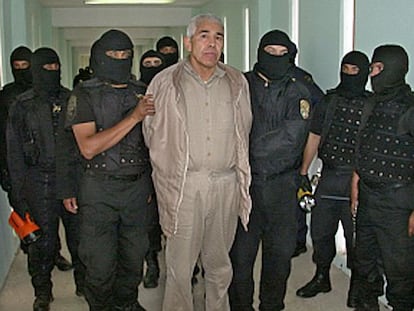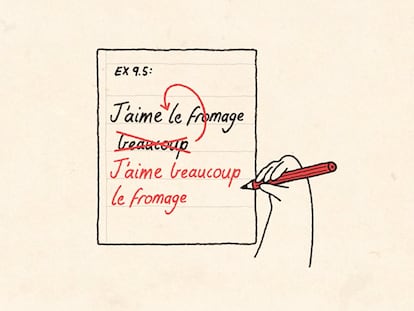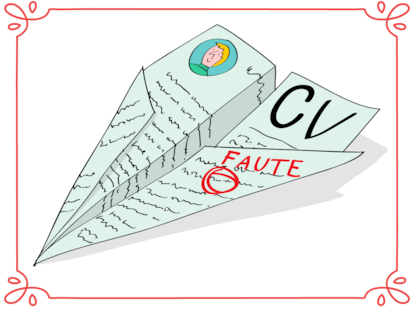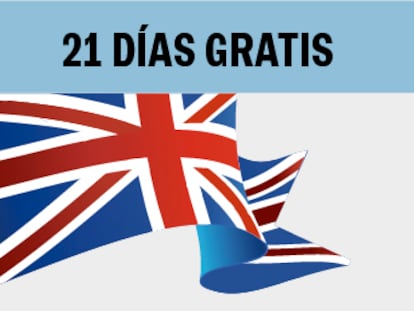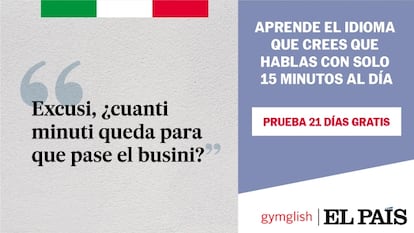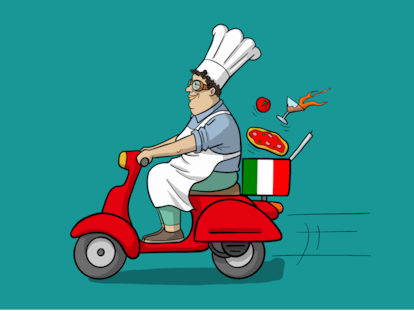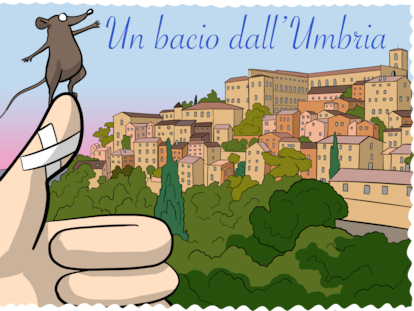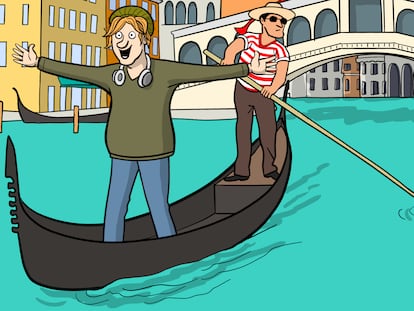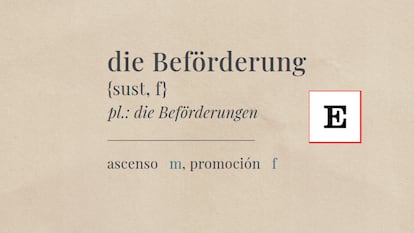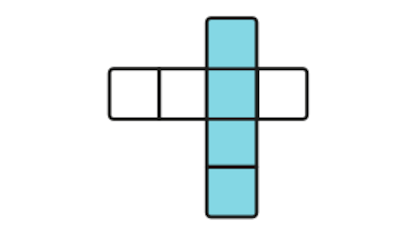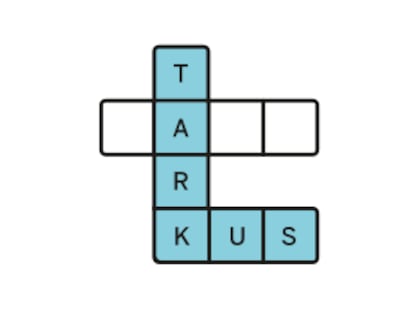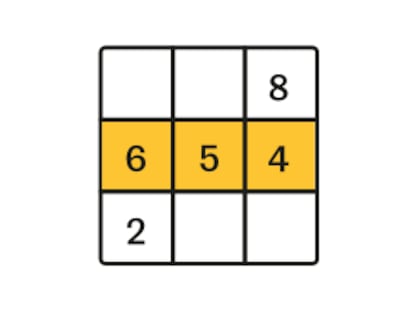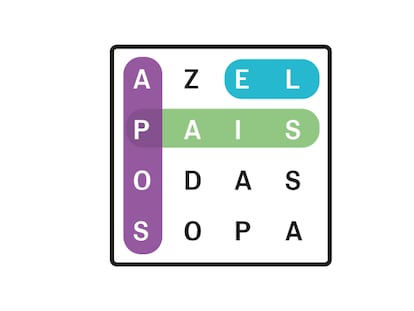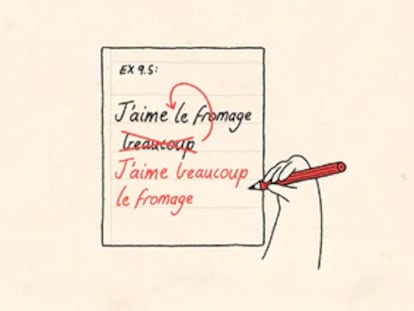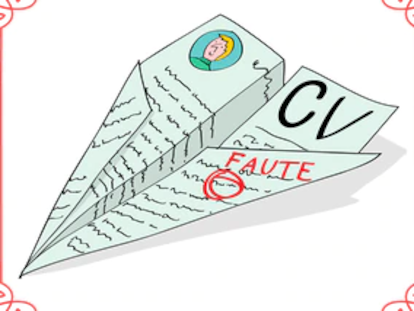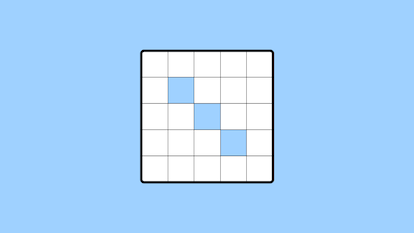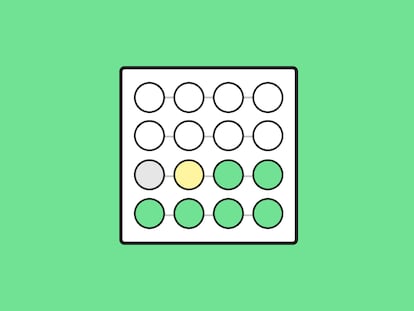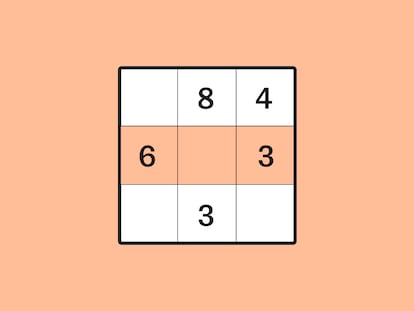Ernesto Fonseca Carrillo, founder of the Guadalajara Cartel, released at 95
‘Don Neto,’ convicted of the murder of DEA agent Enrique ‘Kiki’ Camarena and Mexican pilot Alfredo Zavala in 1985, served four decades in prison
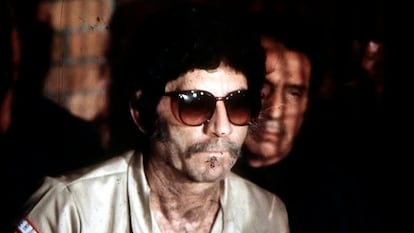

Ernesto Fonseca Carrillo, or, as he is remembered by the corridos, “Don Neto,” is a free man again at 95, although at his age freedom probably doesn’t differ much from the house arrest he had been under since 2016. Don Neto spent four decades as a resident of the Mexican prison system, convicted of the brutal murder of DEA agent Enrique “Kiki” Camarena and Mexican pilot Alfredo Zavala in February 1985. He was arrested by the army shortly thereafter, in April of that year, in a luxurious mansion on the coast of Puerto Vallarta, Jalisco. Since then, he has spent his life locked up, until Saturday when he was officially released after serving his entire sentence, as federal sources confirmed to EL PAÍS.
Don Neto, along with Rafael Caro Quintero and Miguel Ángel Félix Gallardo, founded the original Guadalajara Cartel. When he was arrested in 1985, Don Neto was already a 55-year-old veteran drug lord who had seen the business evolve from the rudimentary smuggling of marijuana and heroin to an increasingly sophisticated system with cocaine as the new star product. With his two partners, he rewrote the history of drug trafficking, established ties with cartels abroad, and professionalized the mechanics of his organization, a model that would be followed to a greater or lesser extent by subsequent cartels. The Guadalajara Cartel gave rise to the Sinaloa Cartel and other spin-offs.
Fonseca Carrillo was born in Badiraguato and began his career in the business with Sinaloa’s first prominent traffickers, figures like Pedro Avilés, known as “El León de la Sierra.” He emigrated to Guadalajara in the 1970s, where a new generation of drug traffickers with greater commercial vision than their predecessors had settled, viewing the city as a more practical base of operations than a mountain ranch. First, thanks to the skill of Caro Quintero, who revolutionized the world of marijuana when he managed to mass-produce female plants that were not only more potent but also took up less space because they had no seeds. Later, they became intermediaries for cocaine produced in Colombia by organizations like the Cali Cartel and Pablo Escobar’s Medellín Cartel, with whom they partnered.
The Mexicans specialized in transportation: they moved the substance from South America to the United States, a country that had become addicted to the white powder. They flooded it, and they did so thanks to an intricate web of bribes and alliances with high-profile politicians and the security forces. Caro Quintero managed to plant 8,000 tons of marijuana in El Búfalo, a farm spanning hundreds of hectares in the Chihuahuan Desert with a sophisticated irrigation system. DEA agent Kiki Camarena infiltrated the Guadalajara Cartel and, with the help of pilot Alfredo Zavala, managed to take aerial photographs of the massive plantation. In November 1984, the Mexican army stormed the ranch and burned the entire crop.
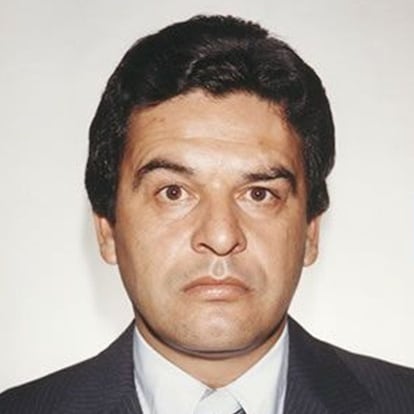
Three months later, Caro Quintero ordered the kidnapping of Camarena and Zavala. He tortured them for weeks while a doctor kept them alive to prolong their agony. Their bodies were found a month later in a ditch around 100 miles from Guadalajara. The DEA launched a hunt for those responsible. Caro Quintero, considered the mastermind (other versions speak of CIA involvement), was the first to be captured. He had fled to Costa Rica with an escort and Sara Cosío, the niece of a former governor of Jalisco and the daughter of a former state education secretary. Like Don Neto, he took refuge in a seaside mansion to spend his last days in freedom.
A week later, Fonseca Carrillo was arrested, after which he declared that his partner was responsible for the crime and opined that it had been a “serious mistake.” The last to fall would be Felix Gallardo, four years later, in 1989. Since then, life has not been kind to any of the founders of the Guadalajara Cartel. Caro Quintero was released due to a procedural ruling in 2013, escaped to the mountains, and returned to his old business, although he never regained his former influence. He was arrested again in 2022 and, this February, handed over to U.S. authorities. The DEA agents who were waiting for him in New York put him in handcuffs that had belonged to Camarena. The Prosecutor’s Office is considering the death penalty for him.
Félix Gallardo has tried his best to distance himself from the Guadalajara Cartel and the Camarena crime. He gave an interview in prison in 2019 in which he described himself as a disgraced, old, and sick rancher. He requested a sentence reduction, which was denied in 2022. At almost 80 years old, he is convalescing in prison in a wheelchair, nearly deaf and blind in one eye. Don Neto has been the most discreet of the three: no media interviews, no publicity. Weakened in his later years, the old boss’s medical record is a good summary of the ailments of old age, with 18 diagnosed illnesses, including a colon tumor, arthritis, and vision loss, according to Reforma.
One of the best-known photographs of Fonseca Carrillo from the 1980s shows him wearing wide sunglasses, his hair curled in an almost Afro style. He was smiling and using the index and middle fingers of his right hand to form the hippie peace sign. In one of the few recent images of him, from 2016, little remained of that face. The years had made him fat; his smile had been replaced by a serious expression with his arms crossed over his chest. His curls had been shaved off. He still wore glasses, though they were no longer sunglasses, but rather for seeing. By the time the news broke, he had already secured house arrest and was living in the State of Mexico, in the municipality of Atizapán, where he remains today — the only one of the three founding members of the Guadalajara Cartel still living free.
Sign up for our weekly newsletter to get more English-language news coverage from EL PAÍS USA Edition
Tu suscripción se está usando en otro dispositivo
¿Quieres añadir otro usuario a tu suscripción?
Si continúas leyendo en este dispositivo, no se podrá leer en el otro.
FlechaTu suscripción se está usando en otro dispositivo y solo puedes acceder a EL PAÍS desde un dispositivo a la vez.
Si quieres compartir tu cuenta, cambia tu suscripción a la modalidad Premium, así podrás añadir otro usuario. Cada uno accederá con su propia cuenta de email, lo que os permitirá personalizar vuestra experiencia en EL PAÍS.
¿Tienes una suscripción de empresa? Accede aquí para contratar más cuentas.
En el caso de no saber quién está usando tu cuenta, te recomendamos cambiar tu contraseña aquí.
Si decides continuar compartiendo tu cuenta, este mensaje se mostrará en tu dispositivo y en el de la otra persona que está usando tu cuenta de forma indefinida, afectando a tu experiencia de lectura. Puedes consultar aquí los términos y condiciones de la suscripción digital.
More information
Archived In
Últimas noticias
‘Doctor Death’, the journalist who has witnessed 105 executions in Florida
Being trans or gay in a migrant detention center: ‘They call me faggot, queer, bitch’
The metaverse, four years later: Is it finished or just at a standstill?
$3,000 and a plane ticket: The United States increases incentives for migrants to self-deport before the end of the year
Most viewed
- The low-cost creative revolution: How technology is making art accessible to everyone
- Christian Louboutin: ‘Young people don’t want to be like their parents. And if their parents wear sneakers, they’re going to look for something else’
- All the effects of gentrification in one corner of Mexico’s Colonia Roma
- Liset Menéndez de la Prida, neuroscientist: ‘It’s not normal to constantly seek pleasure; it’s important to be bored, to be calm’
- Christmas loses its festive spirit: ICE fears cast shadow over religious celebrations

